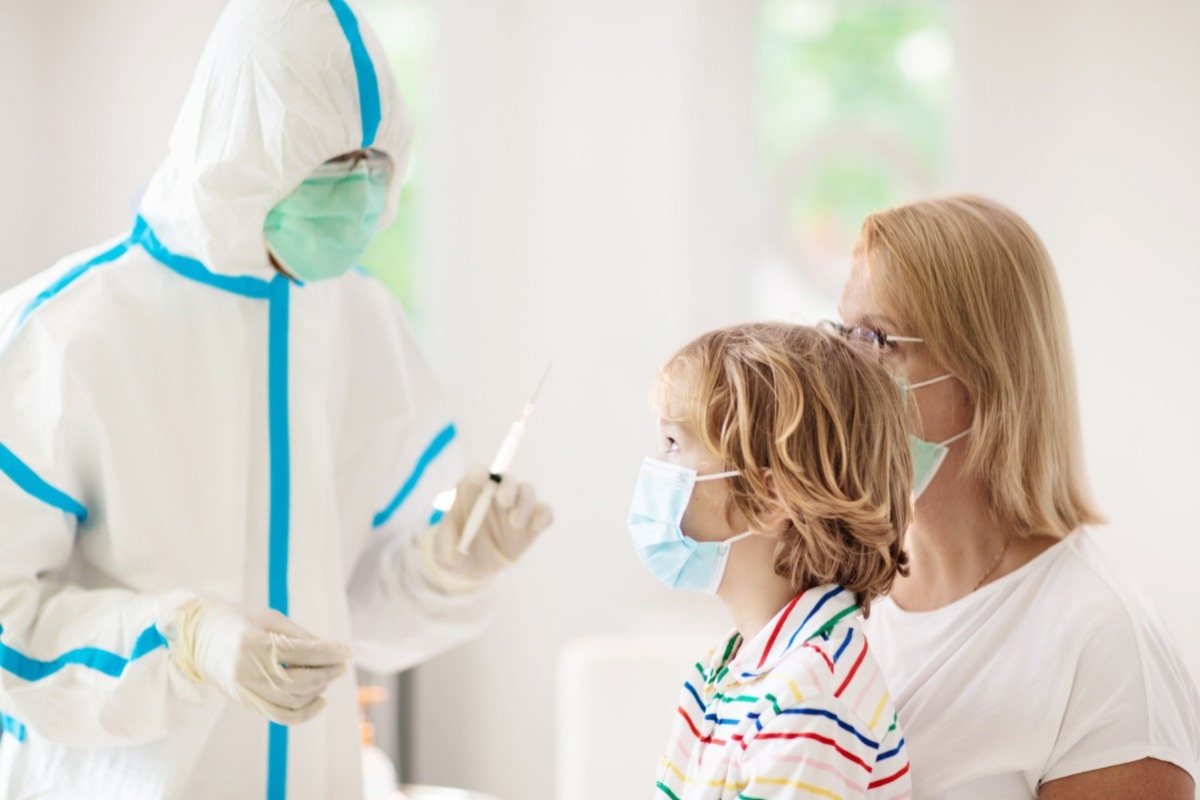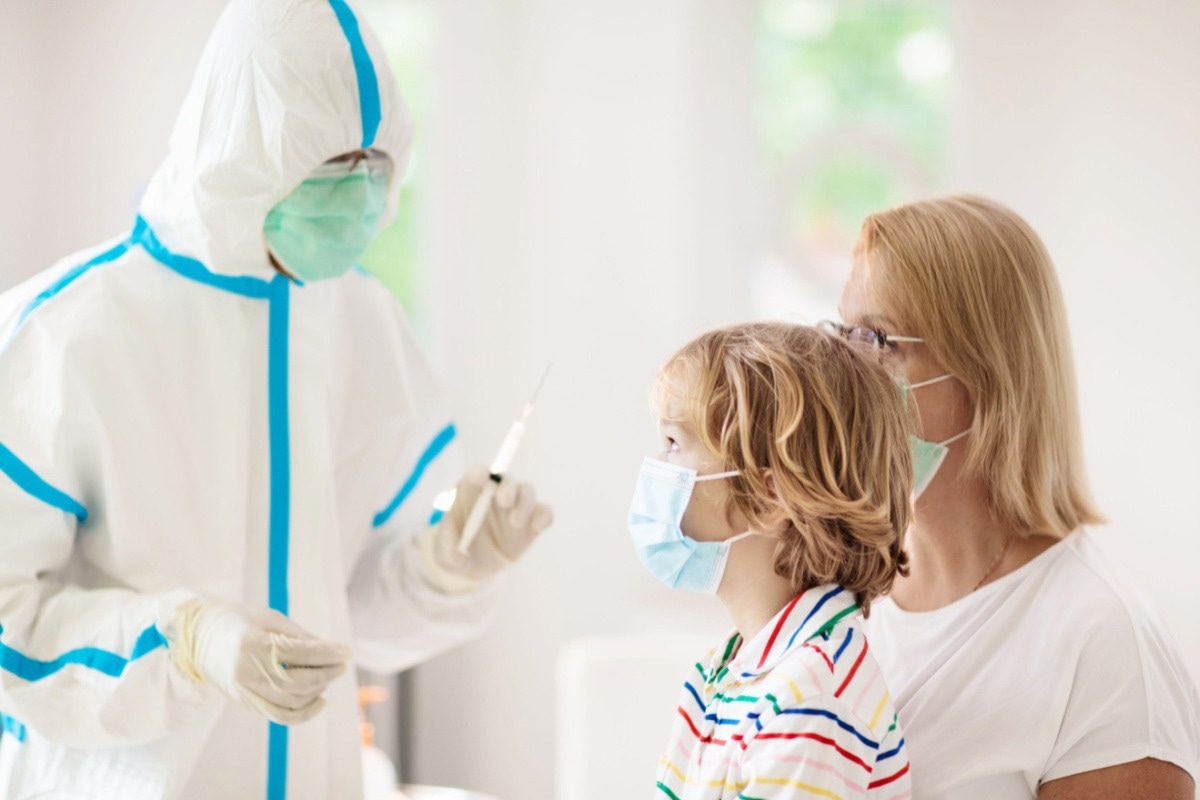In a recent study published in JAMA Network Open, scientists evaluated post coronavirus disease 2019 (COVID-19) conditions (PCC) across children 90 days following COVID-19 infection.

Background
Following severe acute respiratory syndrome coronavirus 2 (SARS-CoV-2) infections, PCCs characterized as chronic, new, or reoccurring health issues may develop. Even though PCCs have been reported predominantly among adults, concern for PCCs among children is now rising.
However, the risk factors and likelihood of children getting PCCs are poorly understood. Furthermore, it is uncertain how many SARS-CoV-2-infected children who underwent emergency department (ED) testing reported PCCs 90 days following their ED visits.
To inform the care of high-risk children and guide public health policies, a thorough understanding of pediatric PCCs is necessary.
About the study
The current work aimed to determine the percentage of children who tested positive for COVID-19 and developed PCCs 90 days later, compare that percentage to that of children who tested negative for SARS-CoV-2 and evaluate risk factors for PCCs.
The present prospective cohort study accomplished in 36 EDs in eight nations between 7 March 2020 and 20 January 2021 encompassed 1884 COVID-19-positive children who finished 90-day monitoring; 1686 were frequency matched by country, hospitalization status, and enrollment date with 1701 COVID-19-negative controls. The eight countries involved in the analysis were the United States, Argentina, Costa Rica, Canada, Italy, Singapore, Paraguay, and Spain.
Eligible study volunteers included children under 18 years who had undergone SARS-CoV-2 screening at participating EDs due to epidemiologic risk factors (such as close contact with a COVID-19 case) or symptoms. Further, SARS-CoV-2 was detected using a nucleic acid test. The authors defined PCCs as any ongoing, novel, or recurring health issues documented in the research's 90-day follow-up assessment.
The main goal of the investigation was to gauge how many SARS-CoV-2-positive participants had PCCs 90 days following the baseline ED visit, differentiated by hospitalization status. The scientists were looking for COVID-19-positive children's PCC risk factors. To fully comprehend how PCCs and SARS-CoV-2 infection are related, they compared PCCs between virus-infected children and matched COVID-19-negative children.
Results
Overall, in a prospective multinational pediatric sample, the authors determined the percentage of children who had PCCs 90 days following SARS-CoV-2 screening, sorted by hospitalization status. They found risk factors for PCCs in children who tested positive for SARS-CoV-2 and contrasted the frequency of PCCs in this cohort to a matched group of SARS-CoV-2-negative children.
The study results indicated that of the 8642 enlisted children, 2368, i.e., 27.4%, tested positive for SARS-CoV-2, and 2365, i.e.,99.9%, had baseline ED visit disposition information available. The team noted that out of the 1884 children, i.e., 79.7%, who underwent follow-up, the average age was three years, and 994, i.e., 52.8%, were boys.
In addition, 110 SARS-CoV-2-positive participants, i.e., 5.8%, reported PCCs, including 44 of 447 subjects, i.e., 9.8%, hospitalized during acute COVID-19 and 66 of 1437 subjects, i.e., 4.6%, non-hospitalized during acute illness. Weakness or fatigue was the most prevalent symptom among SARS-CoV-2-positive children, and 21 participants, or 1.1%, reported it.
Factors associated with experiencing at least one PCC at 90 days were being hospitalized for ≥48 hours relative to not being hospitalized, reporting ≥four symptoms at the initial ED visit versus one to three symptoms, experiencing ≥seven symptoms, and being ≥14 years compared to younger than one year old. PCCs were reported more likely by children who tested positive for SARS-CoV-2 at 90 days than COVID-19-negative children. This was observed in the non-hospitalized group with 55 of 1295 subjects versus 35 of 1321 subjects and the hospitalized group with 40 of 391 subjects versus 19 of 380 subjects.
In addition, reporting PCCs 90 days following the baseline ED visit, especially systemic health issues (such as weakness, fatigue, or fever), was linked to SARS-CoV-2 positivity.
Conclusions
In the present cohort analysis of 1884 COVID-19-positive children with 90-day surveillance, 5.8% of participants, comprising 4.6% of children who were discharged and 9.8% of children who were hospitalized, reported PCCs. Being hospitalized for 48 hours or longer, mentioning four or more symptoms at the initial ED visit, and being 14 years or older were traits connected to PCCs. The current findings can guide public health officials on PCC screening methods for people with severe SARS-CoV-2 infections and COVID-19 mitigation tactics for children.
According to the current study, children who test SARS-CoV-2-positive require proper counseling and follow-up, especially if they are older and have numerous acute symptoms since PCCs are so common.
- Funk AL, Kuppermann N, Florin TA, et al. (2022). Post–COVID-19 Conditions Among Children 90 Days After SARS-CoV-2 Infection. JAMA Network Open. doi: 10.1001/jamanetworkopen.2022.23253 https://jamanetwork.com/journals/jamanetworkopen/fullarticle/2794484
Posted in: Medical Science News | Medical Research News | Disease/Infection News
Tags: Children, Chronic, Coronavirus, Coronavirus Disease COVID-19, covid-19, Fatigue, Fever, Frequency, Nucleic Acid, Public Health, Research, Respiratory, SARS, SARS-CoV-2, Severe Acute Respiratory, Severe Acute Respiratory Syndrome, Syndrome, Virus

Written by
Shanet Susan Alex
Shanet Susan Alex, a medical writer, based in Kerala, India, is a Doctor of Pharmacy graduate from Kerala University of Health Sciences. Her academic background is in clinical pharmacy and research, and she is passionate about medical writing. Shanet has published papers in the International Journal of Medical Science and Current Research (IJMSCR), the International Journal of Pharmacy (IJP), and the International Journal of Medical Science and Applied Research (IJMSAR). Apart from work, she enjoys listening to music and watching movies.
Source: Read Full Article
